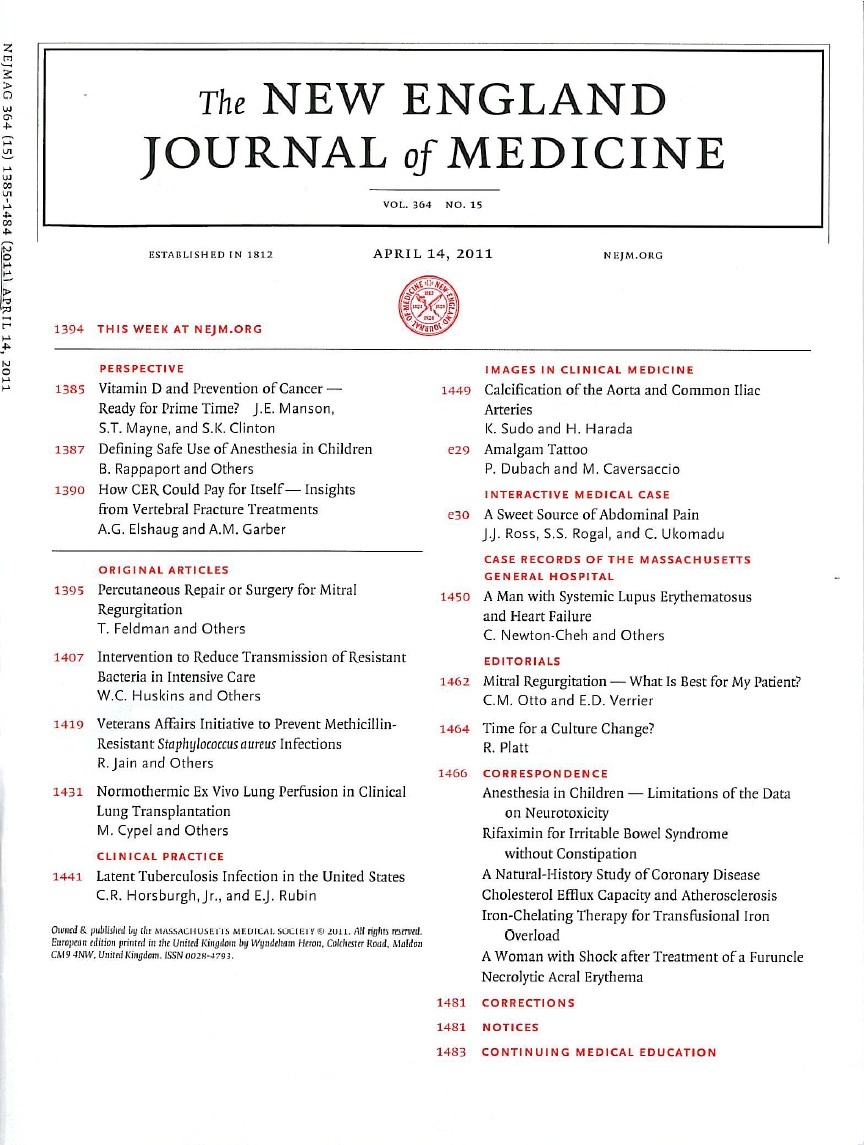
Early surgery in sciatica patients results in improved pain relief and perceived recovery .
This report has been verified
by one or more authors of the
original publication.
This study has been identified as potentially high impact.
OE's AI-driven High Impact metric estimates the influence a paper is likely to have by integrating signals from both the journal in which it is published and the scientific content of the article itself.
Developed using state-of-the-art natural language processing, the OE High Impact model more accurately predicts a study's future citation performance than journal impact factor alone.
This enables earlier recognition of clinically meaningful research and helps readers focus on articles most likely to shape future practice.
Surgery versus Prolonged Conservative Treatment for Sciatica
N Engl J Med. 2007 May 31;356(22):2245-56Exclusive Author Interview
Dr. Wilco Peul discusses early surgery versus prolonged conservative treatment for sciatica.
283 patients with disc herniation and resulting sciatica were randomized to either receive early surgery or prolonged conservative treatment for 6 months (followed by surgery if needed). The results indicated that for both groups, similar outcomes were observed at the one year follow up period. However it is important to note that those in the early surgery group demonstrated faster rate of pain relief and perceived recovery, and thus may render this treatment method a valid and supported option.
Unlock the Full ACE Report
You have access to 4 more FREE articles this month.
Click below to unlock and view this ACE Reports
Unlock Now
Critical appraisals of the latest, high-impact randomized controlled trials and systematic reviews in orthopaedics
Access to OrthoEvidence podcast content, including collaborations with the Journal of Bone and Joint Surgery, interviews with internationally recognized surgeons, and roundtable discussions on orthopaedic news and topics
Subscription to The Pulse, a twice-weekly evidence-based newsletter designed to help you make better clinical decisions
Exclusive access to original content articles, including in-house systematic reviews, and articles on health research methods and hot orthopaedic topics

































































